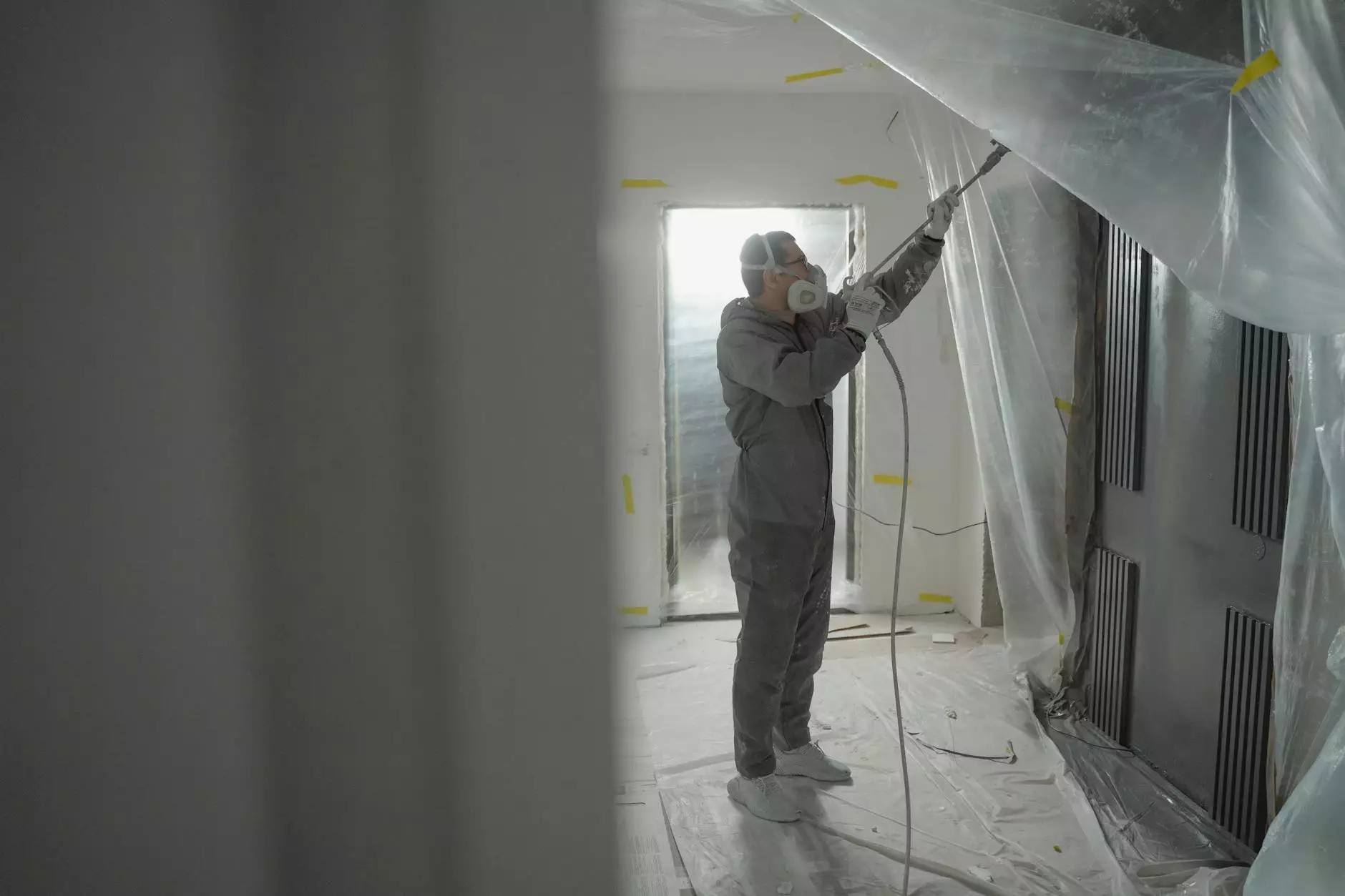Understanding Kitchen Makeover Cost: A Comprehensive Guide

Your kitchen is often the heart of your home, a place where culinary creativity unfolds, and family memories are made. Over time, however, kitchens can become outdated or simply not fit your style or needs. That’s where a kitchen makeover comes into play. But before starting this exciting journey, it’s crucial to understand the kitchen makeover cost involved, which can vary greatly depending on numerous factors. In this article, we will break down everything you need to know about the costs associated with kitchen makeovers.
What is a Kitchen Makeover?
A kitchen makeover is a transformation of your kitchen space that aims to enhance its functionality, aesthetics, and value. Unlike a full-blown renovation, a makeover can sometimes be less extensive and not necessarily involve changing the entire layout of the kitchen. This can include:
- Updating countertops - Replacing old surfaces with granite, quartz, or laminate.
- Refacing cabinets - Changing the doors and hardware without replacing the entire structure.
- New appliances - Upgrading to more efficient or visually appealing models.
- Fresh paint or wallpaper - Giving the kitchen a new look with color.
- Improving lighting - Installing modern fixtures that brighten the space.
- New flooring - Options range from tiles to hardwood or vinyl.
Factors That Affect Kitchen Makeover Cost
The costs associated with a kitchen makeover can vary significantly based on several factors:
1. Size of the Kitchen
Size plays a crucial role in determining the overall cost of a kitchen makeover. A larger kitchen will naturally require more materials, labor, and time, which translates into higher expenses.
2. Materials Used
The type of materials you choose can dramatically impact the cost. Here’s a quick overview:
- Countertops: Laminate is typically the most cost-effective, while granite and quartz are more expensive but also more durable.
- Cabinetry: Stock cabinets are generally cheaper; however, custom cabinets can add significantly to your costs.
- Appliances: The brand and energy efficiency can influence pricing; high-end appliances can be a major investment.
- Flooring: Options such as tile, hardwood, and vinyl vary widely in cost and installation difficulty.
- Hardware: The choice of knobs, handles, and faucets can impact your budget.
3. Scope of the Project
The scope of your project is another determinant of cost. A simple cosmetic update will cost significantly less than a full-scale remodel that includes structural changes, plumbing, or electrical work.
4. Labor Costs
Hiring skilled labor adds another layer of expense. The labor costs can fluctuate based on the region, the expertise of the contractor, and the complexity of the work involved.
5. Location
Your geographical location can also influence the kitchen makeover cost. Urban areas or regions with a higher cost of living will typically see higher project costs.
Estimating Your Kitchen Makeover Cost
When planning for a kitchen makeover, it’s essential to set a budget that considers all potential expenses. Here’s how you can estimate costs:
1. Set a Budget
Before diving into the project, define your budget. Determine what you are willing to spend and what aspects of the makeover are most important to you. Consider using a percentage breakdown for different areas:
- Cabinets: 30% of your budget
- Countertops: 15% of your budget
- Appliances: 20% of your budget
- Flooring: 10% of your budget
- Labor: 25% of your budget
2. Research Costs
Spend time researching and obtaining quotes from different suppliers and contractors. Look into average costs in your area for materials and labor to have a clear picture of the overall expenses. Online platforms and home improvement stores can provide useful price ranges.
3. Consider DIY Options
If you are handy, consider taking on some aspects of the project yourself to save on labor costs. However, be cautious about which elements you are comfortable tackling, and remember that the more complex tasks often require professional help.
4. Contingency Fund
Set aside a contingency fund of 10-20% of your overall budget to account for unexpected expenses that may arise during the kitchen makeover process.
Average Kitchen Makeover Costs
Understanding the averages of kitchen makeover costs can help you better plan your project:
- Minor Makeover: Ranges from £5,000 to £15,000. This typically includes painting cabinets, new hardware, and possibly new countertops.
- Moderate Makeover: Ranges from £15,000 to £30,000. This type of project can involve updates to plumbing and electrical fixtures along with more extensive material updates.
- Luxury Makeover: Ranges from £30,000 to £60,000 and above. This includes high-end materials, custom cabinetry, premium appliances, and professional design services.
Benefits of a Kitchen Makeover
Investing in a kitchen makeover offers numerous benefits:
- Increased Home Value: A beautiful kitchen can significantly increase the resale value of your home.
- Enhanced Functionality: An updated kitchen can improve the workflow and overall organization of your cooking space.
- Energy Efficiency: New appliances often come with better energy ratings, leading to long-term savings on utility bills.
- Modern Aesthetics: A refreshed design can create a welcoming atmosphere, making your kitchen a more enjoyable space to be in.
- Customization: You can tailor your kitchen makeover to fit your specific style and functional needs.
Tips for a Successful Kitchen Makeover
To ensure your kitchen makeover runs smoothly and meets your expectations, consider implementing these tips:
1. Work with a Professional Designer
Engaging a professional designer can provide invaluable insights and help avoid costly mistakes. A designer will ensure your choices align with functionality and aesthetics.
2. Prioritize Structural Changes
If you’re considering significant changes, address structural elements first—like plumbing and electrical—before focusing on aesthetics. This is particularly crucial if you are changing the layout of the kitchen.
3. Choose Quality Over Quantity
Invest in quality materials that are durable and timeless. This approach can save you money in the long run by reducing the need for future replacements or repairs.
4. Take Your Time
Don’t rush your decisions. Spend the necessary time considering your options and planning the details of your kitchen makeover.
5. Communicate with Your Contractor
Maintain open lines of communication with your contractor throughout the process to ensure everything is on track and any concerns are addressed promptly.
Conclusion
Understanding the various components of kitchen makeover cost can empower you to make informed decisions for your home transformation. From setting a budget and selecting the right materials to considering the potential return on investment, each decision plays a crucial role in creating the kitchen of your dreams. Remember, investing wisely can lead to a space that is not only functional and stylish but also enhances the value of your property.
For more insights and professional assistance, visit kitchenmakeovers.co.uk. Begin your journey to a stunning kitchen today!



